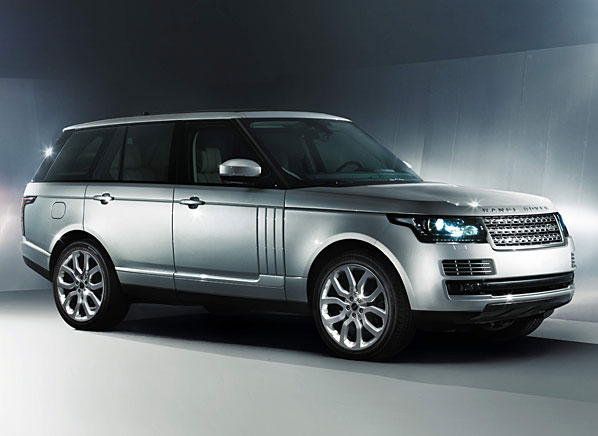
Jaguar launched its most daring saloon in 40 years, a new-look XJ flagship that extends and emphasises the design themes of its XF saloon. Above all, the new car makes a decisive break from the traditional but time-expired ‘XJ look’ that was introduced by Sir William Lyons with the original XJ in 1968 and used for at least five iterations since.
Concept and design
Despite this XJ’s new look, its creators claim the same ‘clarity of purpose’ as classic models like the Mk2 and original XJ. Jaguar design director Ian Callum calls the car “the most emphatic statement yet of Jaguar’s new design direction”.
The design team, led by Giles Taylor, has produced a shape that, while clearly linked to the XF’s pioneering themes (including the much-discussed ‘mouth-shaped’ mesh grille), uses its extra length and the elongated teardrop shape of its new three-side-window design to give the biggest Jaguar a new quality of sleekness, emphasised by a class-leading drag coeffcient of 0.29.
The most talked-about exterior styling feature is sure to be the completely new-style tail, which is reminiscent of no other Jaguar. It features a wide and full rear deck and new, wrap-over tail-lights with the suggestion of a cat’s claw in the lenses.

Chassis technology
The new car, very similar in all major dimensions to the previous XJ, uses the same bonded/riveted aluminium construction pioneered in the previous car.
Two wheelbases are offered: a standard model on the familiar XJ 3035mm wheelbase, whose overall length is “within a few millimetres of the outgoing model’s”, and a version with a wheelbase that’s 125mm longer, at 3160mm.
The new XJ’s all-aluminium construction means that, although its bulk increases over the previous model’s, the new XJ’s kerb weight of about 1650kg should undercut that of the smaller (steel-bodied) XF by around 50kg and beat steel-chassis rivals like the Mercedes S-class and BMW 7-series by as much as 250kg.
Engine and transmission
Three different engines are offered: a supercharged 5.0-litre all-alloy petrol V8; a normally aspirated version of the same engine, and a 3.0-litre twin-turbo diesel. Each drives the rear wheels through a six-speed, electronically controlled ZF auto ’box, which has the same paddle-shift manual overrides as the XK and XF models.
The supercharged V8, which Jaguar is at pains to call a new design on different bore centres from the outgoing 4.2-litre unit, comes with two power outputs, 503bhp and 464bhp. The normally aspirated 5.0-litre V8 is good for 380bhp.

Interior
The new XJ’s airy cabin design is already being spoken of as its killer feature against more conventional rivals. Four round metal-rimmed vents dominate the fascia, which bristles with quality brightwork, and in the middle of the dashboard there’s an eight-inch touch screen.
Topping the lot is a new virtual instrumentation display – what airline pilots call a “glass cockpit” – which calls a variety of virtual dials on to an all-black display, depending on need.
Start the engine and three virtual dials build before your eyes (tacho, speedo and fuel/temperature gauges) and the system highlights anything urgent. It’s brilliant: once the market sees this, we’re all going to want it.
Trim levels and pricing
Three specifications – Luxury, Premium Luxury and Portfolio – are to be offered and, as the names suggest, the cars are all impressively trimmed and well equipped.
The higher-line models offer increasing levels of bespoke equipment, and Jaguar intends to make sure that buyers have enough choices to built exactly the car they want.
All models are available with the 3.0-litre V6 diesel, or either V8, but only the special Supersport model, which also gets a leather rooflining, semi-analine leather seats and laser inlays on its veneers, will feature that 503bhp engine.
Production starts at the end of September, and the company wants to have the first cars in buyers’ hands early in 2010.
The new XJ’s debut won’t quite bring the end of the old Jaguar look, because the Halewood-produced X-type (which still has modest sales) is expected to last for about another year.
But Jaguar looks set to have a truly modern flagship at last, and the new era, dreamed about by Jag supporters for so long, will truly have begun.
Source: Autocar UK

